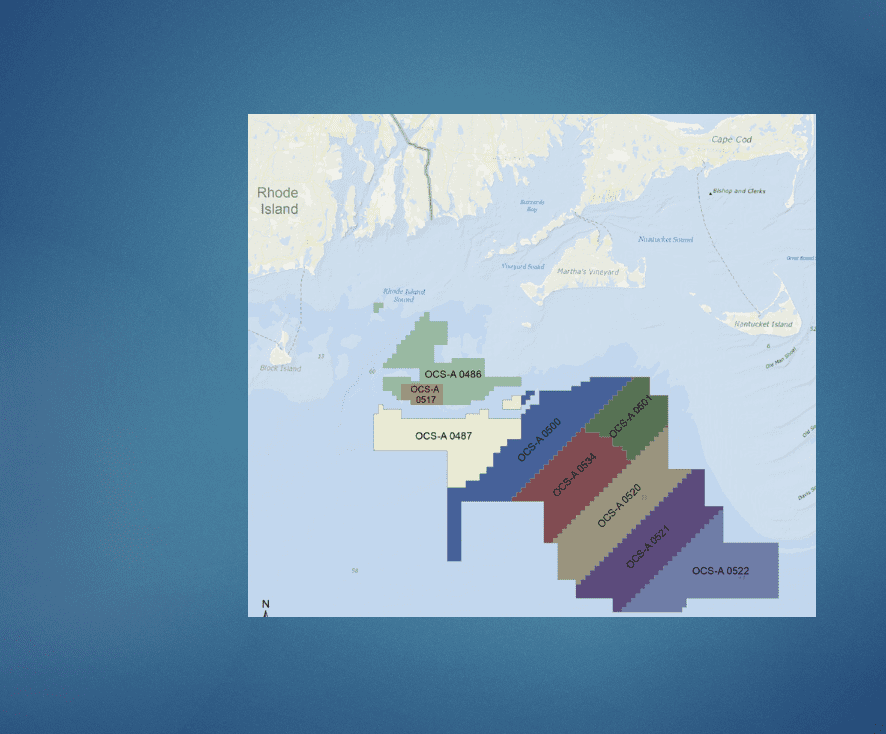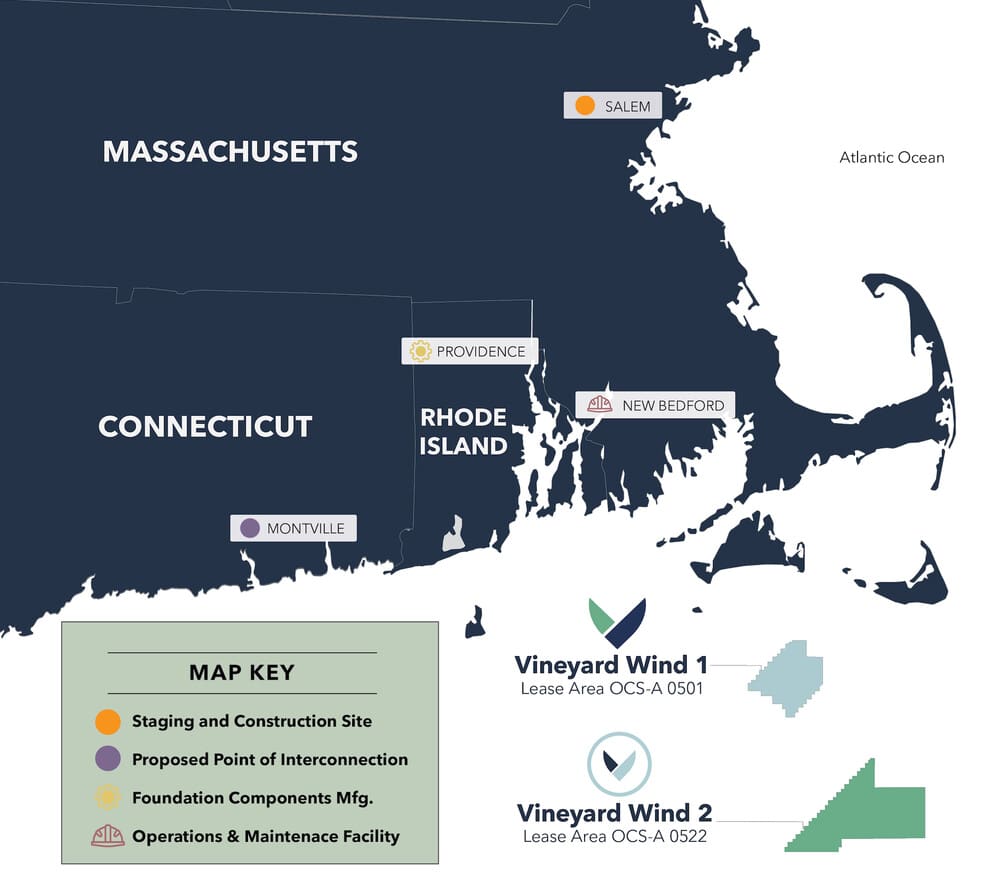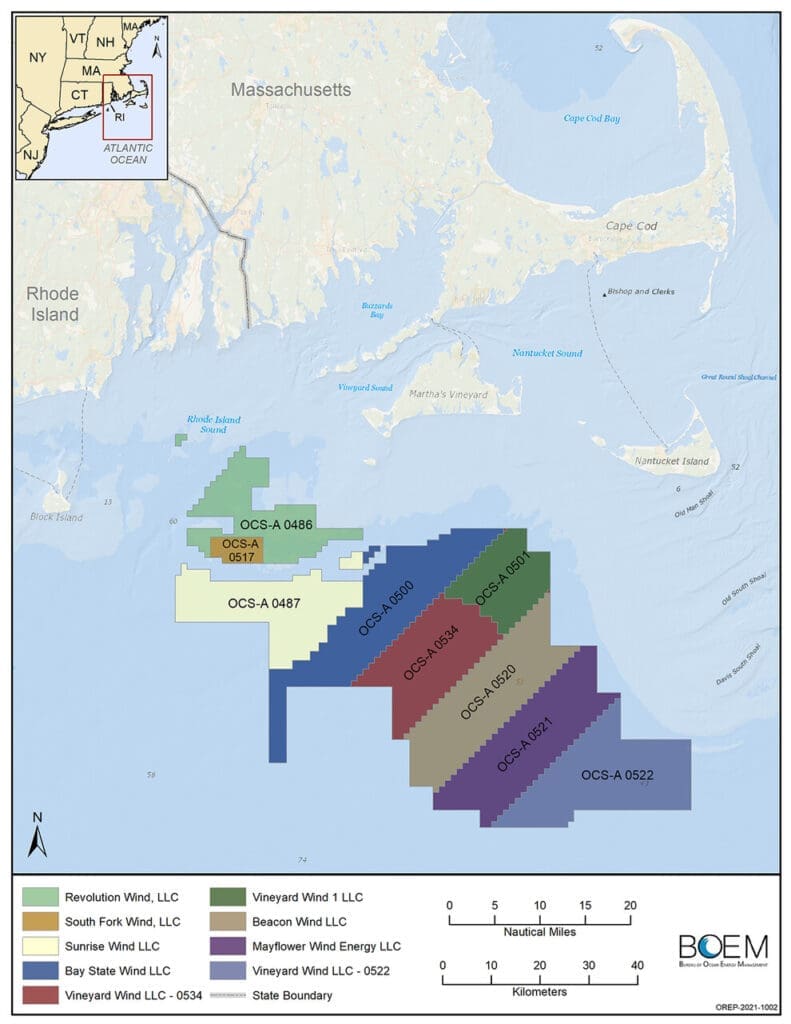Search Posts
Recent Posts
- Vinny Paz to be inducted TODAY into the International Boxing Hall of Fame – CES Boxing June 7, 2025
- In the News… quick recap of the week’s news (6.7.25) June 7, 2025
- Burn with Kearns: Strong without the spend: How scraps became strength tools – Kevin Kearns June 7, 2025
- Rhode Island Weather for June 7, 2025 – Jack Donnelly June 7, 2025
- How to advocate for threatened properties: The Heritage Alliance of Pawtucket June 7, 2025
Categories
Subscribe!
Thanks for subscribing! Please check your email for further instructions.

Placing “right bet” on offshore wind, MA going big on RI’s doorstep, CT holds – Nantucket Current
Colin A. Young, State House News Service • The Nantucket Current (printed in cooperation on the continued coverage of offshore wind turbines, from “We’re Going Big” – Massachusetts Picks More Wind Projects, But Prices Unavailable”)
The state announced the slate of projects that will make up its next move towards offshore wind power, but Massachusetts is not going as big as it could have and what was being touted as a tri-state partnership to make big advancements towards a regional run on cleaner power appears to have largely fizzled.
Gov. Maura Healey’s office announced Friday that Massachusetts selected 2,678 megawatts of offshore wind power spread across all three projects that made bids earlier this year, out of a maximum 3,600 MW sought by the state. Rhode Island simultaneously selected 200 MW from one of the projects, resulting in 2,878 MW total selected out of what was envisioned as up to 6,000 MW split between three states.
Connecticut, which was originally part of a Southern New England partnership that wind advocates have called for, did not select a project on its own or in partnership with another state Friday. Officials there said they may choose to buy offshore wind power at a later date.
Massachusetts selected 1,087 MW of the 1,287 MW SouthCoast Wind project, with the remaining 200 MW going to Rhode Island. Massachusetts also chose to take the entire 791 MW New England Wind 1 project and up to 800 MW of the 1,200 MW Vineyard Wind 2 project, Healey’s office said. Those projects now move into contract negotiations with Bay State utility companies.
“Today we are proud to announce that, along with our partners in Rhode Island, we are taking an important step towards energy independence, cleaner air and transforming our economy. Simply put, we are going big,” Healey said. “This selection is New England’s and Massachusetts’ largest offshore wind selection to date. We’ll power 1.4 million more Massachusetts homes with clean, renewable energy, create thousands of good, union jobs, and generate billions of dollars in economic activity. The world will look to New England for the future of clean energy.”

Information on the prices Massachusetts ratepayers will have to pay for the power generated by the projects was not available Friday, and Healey’s office said it would be made public when contracts are filed for Department of Public Utilities approval. Contract filing has been scheduled for Dec. 18, but state officials said Friday that is only a target.
In previous rounds, state or project officials had provided the public with some indication of how the pricing for newly chosen projects stacked up against past procurements. The projects selected Friday are widely expected to cost ratepayers more than previous projects, and the Healey administration would only say that they will be cost-effective when compared to the cost of building other power generation projects in the future.
“Offshore wind is our future and it’s vital that we build that future today. Historically, Massachusetts has been heavily reliant on natural gas that comes to us from pipelines and ships. For decades, our entire region has experienced significant volatility in prices while also worrying about reliability. Massachusetts cannot continue down this path,” Energy and Environmental Affairs Secretary Rebecca Tepper said. “The reality is, we need more power. Offshore wind will bring stability to Massachusetts at a critical time, and is the keystone of our clean energy transition. Combined with solar, hydropower, storage, Massachusetts’ future promises stability and reliability as our economy continues to grow.”
But not everyone was celebrating last Friday’s announcement.
Nantucket offshore wind energy opposition group ACK For Whales criticized Gov. Healy for failing to mention the Vineyard Wind blade failure on July 13 that sent thousands of pieces of fiberglass and foam onto Nantucket beaches and around the region.
“We thought it was irresponsible for Maura Healy not to address the Vineyard Wind blade failure at today’s press conference and to claim Massachusetts is currently producing electricity offshore when the Vineyard Wind project is barred from producing electricity until safety can be ensured,” the group said in a statement. “The Massachusetts decision to double down on offshore win after the Vineyard Wind disaster is foolish and bad policy. Despite the misinformation spread by Gov. Healey, offshore wind will increase electric bills, kill endangered right whales, and do nothing to mitigate climate change, something the federal government concedes in the Environmental Impact Statements for offshore wind projects.”
Jerry Leeman, CEO of the New England Fishermen’s Stewardship Association offered a similar assessment of Friday’s announcement.
“We are shocked that the New England states are awarding Avangrid and Copenhagen Infrastructure Partners with new development contracts less than two months after the blade debacle at Vineyard Wind,” Leeman said. “While earnestly billing themselves as eco-forward, certain officials are making it clear that foreign companies can tarnish American fisheries and face no consequences. It remains incumbent on Avangrid and CIP to prove the structural integrity of their design and components.”

The New England Wind 1 project is the closest to becoming a reality. Developer Avangrid, which is also behind the under-construction Vineyard Wind 1 project, said the project that would border the Vineyard Wind 1 lease area “can begin construction in 2025 and reach full commercial operation in 2029.” The developer touted it as the only project bid in this round that could help Massachusetts meet its 2030 emissions reduction requirement.
New England Wind 1 is projected to produce enough electricity for about 400,000 homes and to reduce greenhouse gas emissions equivalent to taking 300,000 gas-powered cars off the road annually. Avangrid said it will create more than 4,400 full-time equivalent jobs and contribute $3 billion in local investment, including a new world marshaling port in Salem and a new offshore wind manufacturing facility in New Bedford.
SouthCoast Wind, a project owned by OW Ocean Winds, was previously selected by Massachusetts but the developer canceled the contract amid escalating costs. As part of the project bid, the developer has pledged to allocate $93 million to initiatives like local workforce development, fisheries and marine science research, environmental justice, and ratepayer support. Construction on the project is expected to start in late 2025 and power from it is estimated to flow onto the grid in 2030.
The Vineyard Wind 2 project was originally bid as a 1,200 MW project. Its developer is Vineyard Offshore, another of the companies behind the Vineyard Wind 1 project, though the second project with the Vineyard Wind name would be located in a lease area further to the south and east of the first one.
The project is estimated to create 3,800 job-years of employment across New England, with 80 percent of the employment coming in Massachusetts, and will provide up to $37.5 million to directly fund initiatives around the offshore wind workforce and supply chain, the high energy burden for low- and moderate-income households, and regional research efforts related to fisheries and the environment.
Vineyard Offshore said in March when bids were made public that its Vineyard Wind 2 project could start delivering power in 2031, but it was the only project selected Friday for which state officials did not give an estimated timeline to power delivery.
“What’s important here is that this is right for Massachusetts. I would not be making these investments if I didn’t know and believe that this was the right thing to do for Massachusetts,” Healey said Friday. She added, “This is the right bet for Massachusetts. These things take time, obviously … but what’s important is we’re in the game, and we’re leading, and we’re playing on a number of fronts. We’re not just playing for offshore wind, as you know, we’re proposing to continue to make big investments in solar … we’re leaning into energy storage capacity as well.”
Through the previous three rounds of bidding, Massachusetts had procured a total of 3,200 MW of capacity from offshore wind power: 800 MW from Vineyard Wind 1 in 2017, a cumulative 1,200 MW from SouthCoast Wind split between 2019 and 2021 procurement rounds, and 1,200 MW from Commonwealth Wind in 2021.
But 75 percent of the power in the pipeline was eliminated when Commonwealth Wind and SouthCoast Wind scrapped their contracts last year citing shifting economic conditions that made the projects no longer financially viable at the prices they previously negotiated.
If contracts are finalized for the projects selected Friday, the state will have 3,478 MW in its pipeline, just shy of two-thirds of the way toward the statutory target to procure 5,600 MW of offshore wind by 2027. Officials from the Executive Office of Energy and Environmental Affairs confirmed Friday that the state plans to launch another offshore wind solicitation in 2025.
Despite the state’s significant moves to procure cleaner energy generation since 2016, Vineyard Wind 1 is the only project Massachusetts has in its offshore wind pipeline and that project has been on a turbulent ride.
Offshore wind had a tough year in 2023. It began with developers terminating contracts for offshore power and writing down the value of their investments and ended with Vineyard Wind 1 missing its self-imposed year-end deadline for delivering the first power (one turbine delivered 5 megawatts of power late on Jan. 2). In the meantime, Massachusetts lost its claim to be the host of the nation’s first utility-scale offshore wind farm.
Despite all that, a poll taken late last year found high levels of bipartisan support among Massachusetts voters for building wind projects off the state’s coast.
But 2024 hasn’t been much sunnier for the industry. The projects moving forward in the latest procurement round are expected to come at a higher cost to ratepayers, the project selection process was delayed at a time when state officials say the energy transition cannot wait, and a “blade incident” at the Vineyard Wind 1 project polluted the ocean and beaches while revealing greater friction between the energy industry and coastal communities.
Massachusetts currently gets no power from offshore wind, since the federal government ordered Vineyard Wind this summer to halt all power production as it launched an investigation of the broken blade.
The frequent Healey antagonists at the Massachusetts Fiscal Alliance called out the governor Friday for “gaslighting her own state and constituents by avoiding the topic that everyone has been seeing for the last two months.”
“How can the Governor of Massachusetts think she can avoid the broken turbine blade in the room? Even as we speak, it remains sitting at the bottom of the ocean, falling apart, and potentially contaminating our ocean, beaches, and food supply. It’s a monument to the concerns with cost, reliability, and negative environmental impact which Beacon Hill has ignored throughout this process,” spokesman Paul Craney said.
And 2025 could be even more bleak for the industry, depending upon the outcome of the presidential election. During his four years in office, former President Donald Trump antagonized the offshore wind industry and his administration forced a multi-year delay for the Vineyard Wind 1 project. It was only put back on track when President Joe Biden took office in 2021.
Industry players said late last year that they are “laser-focused” on getting projects as far down the permitting road as possible before 2025, to make them more difficult for a potential second Trump administration to stymie them.
“I do think we have to be ready, as a society, for what would happen if the federal government decides to go a different direction on offshore wind,” Ken Kimmell, vice president of offshore wind development at Avangrid, said in December.
This article appeared on September 8, 2024 in The Nantucket Current
